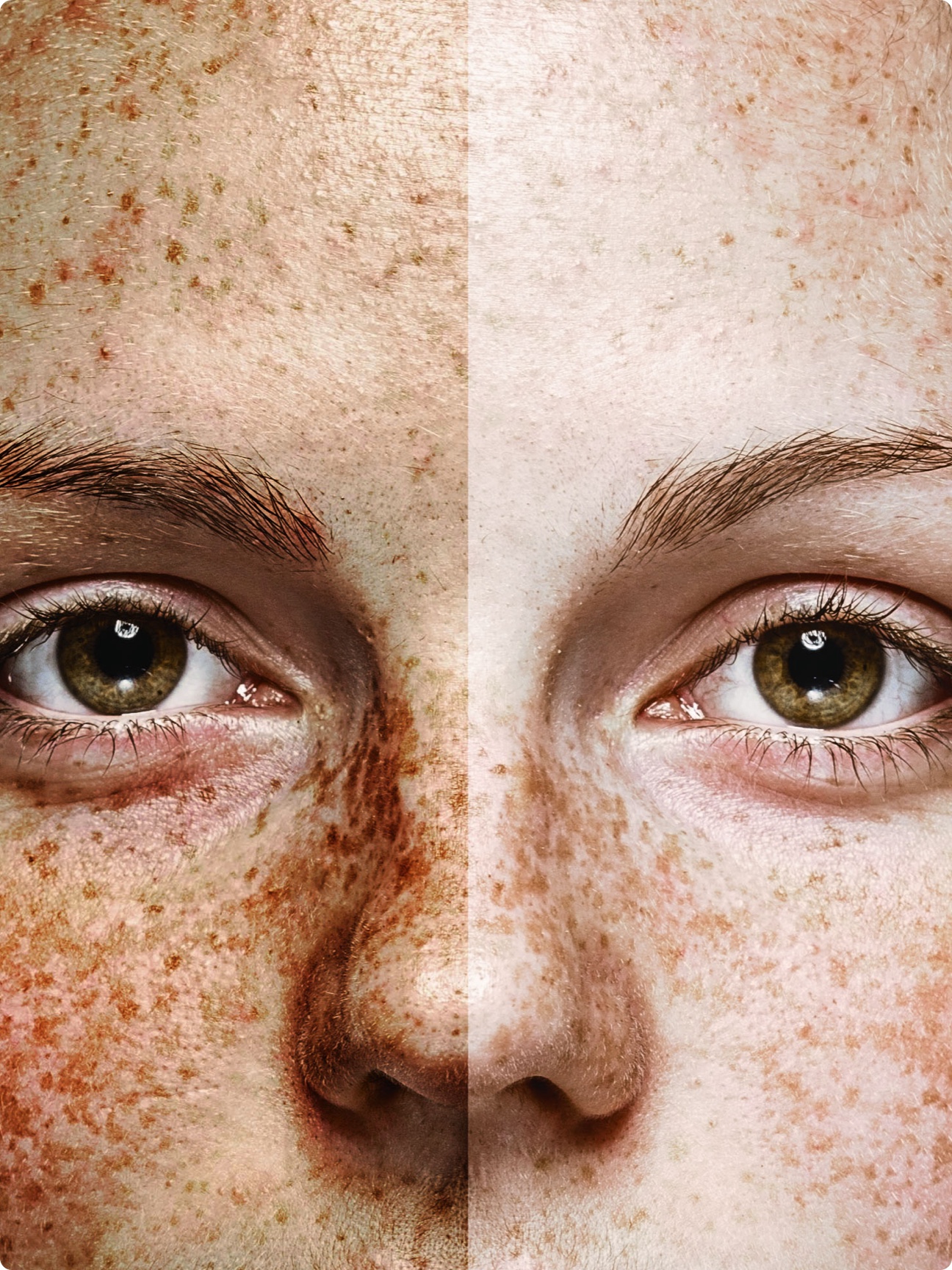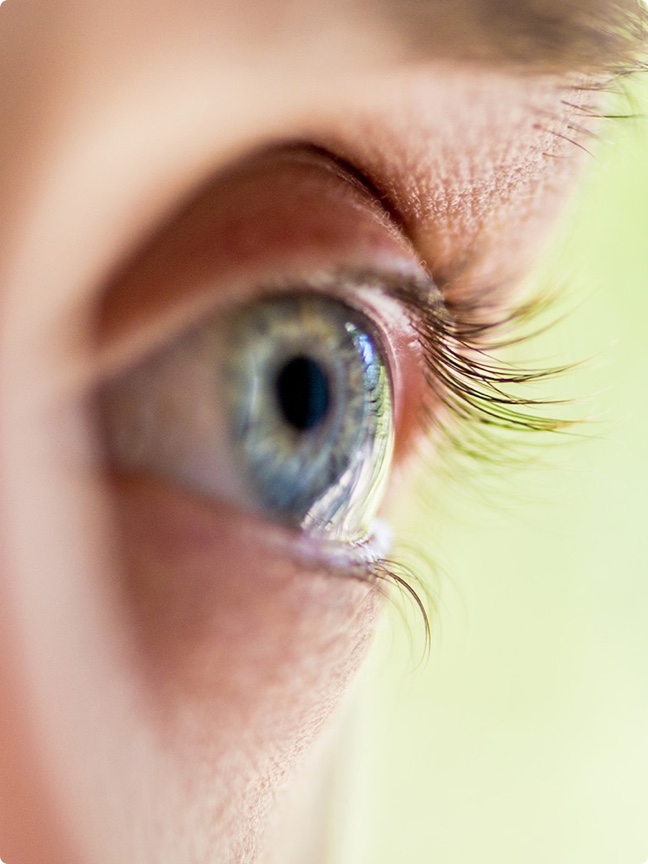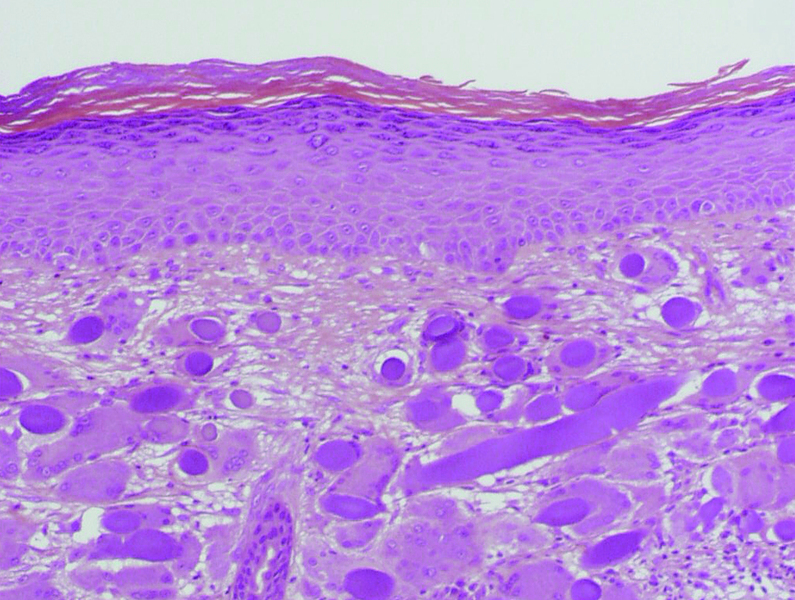

Skin aging
Skin aging consists of changes that happen with time in the three layers of skin: the epidermis, the dermis and the hypodermis. These changes differ from one person to another as they are related to sun exposure, lifestyle habits, genetics and other environmental factors. One of the changes that we see with age is the thinning of the skin. As the amount of components of the dermis like collagen, Hyaluronic Acid and elastin declines, the skin loses its elasticity and its plumpness. Simultaneously, fine lines and wrinkles start to appear, especially in the more dynamic parts of the face (around the eyes, around the lips, on the forehead). Furthermore, uneven pigmentation is seen due to changes regarding the melanocytes.1 Lifestyle and skincare practices can slow down these changes, allowing a more graceful aging.
Source:
1Farage, Miranda A et al. “Characteristics of the Aging Skin.” Advances in wound care vol. 2,1 (2013)
Following a beauty routine regularly is essential to keep our face and body looking healthy and radiant. Dermocosmetics are products that have become indispensable in our daily lives, and using them is more than just a simple gesture: it is an opportunity to express our individuality and take care of ourselves.
Facial care products, such as cleansers, moisturizers and serums, play a crucial role in our daily routine. In addition to keeping the skin clean and hydrated, using them helps protect our skin from harmful environmental effects and signs of premature aging. Investing in skin care not only leads to brighter, more even skin, but also greater self-confidence and overall well-being. Regardless of age or skin type, a targeted skin care routine can make all the difference in keeping our skin healthy and youthful over time.
Source:
Draelos, Zoe Diana. “Cosmetic Formulation of Skin Care Products.” CRC Press, 2006.
Baumann, Leslie. “Cosmetic Dermatology: Principles and Practice.” McGraw-Hill Medical, 2009.
Incidence rates of hypertrophic scarring vary from 40% to 70% following surgery to up to 91% following burn injury.1
Hypertrophic scarring represents an undesirable variant in the wound healing process that usually develops 1 to 2 months after the skin injury. In hypertrophic scars, excess connective tissue is deposited in the area of the original wound creating a thickened raised tissue that looks pink to red. They often develop on areas of the body that undergo the most skin tension. They may cause itching and sometimes be painful. Burn wounds are prone to hypertrophic scarring, especially if they affect the deeper dermis (second and third-degree burns). Regarding its epidemiology, adolescents and pregnant women may be more likely to form hypertrophic scars as well as people with darker skin complexions (15% more likely).2 Treatments include medication, freezing, injections, lasers and surgery.3
Source>:
1Gauglitz, Gerd G et al. “Hypertrophic scarring and keloids: pathomechanisms and current and emerging treatment strategies.” Molecular medicine (2011)
2 Schmieder SJ, Ferrer-Bruker SJ. Hypertrophic Scarring. StatPearls 2021
3 Cleveland Clinic.

WANT TO KNOW MORE?
Discover the website dedicated to Aesthetic Care.
Related areas






